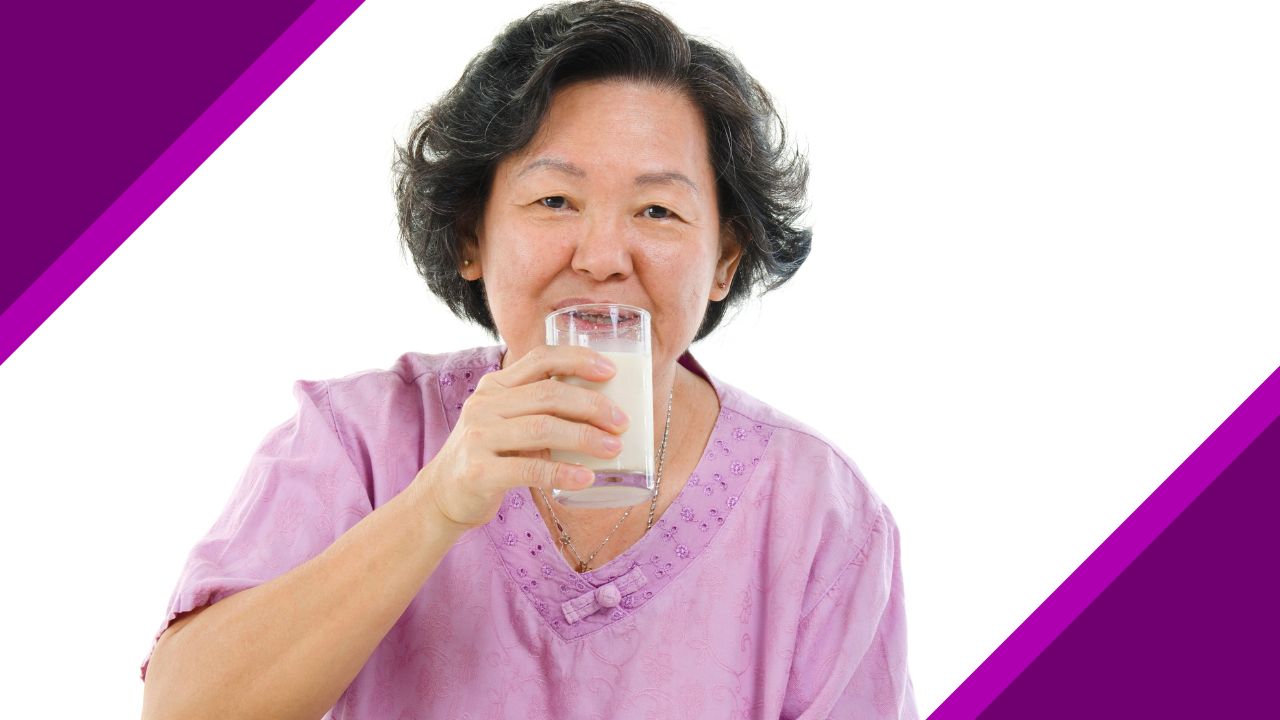
How to Maintain Strong Bones Through Menopause and Beyond
Oct 12, 2022Bone loss can start in your 30s and accelerates in menopause. Here’s how to keep your skeleton strong.
By Selene Yeager
We’ve been conditioned to think of osteoporosis as something to worry about “later,” when we reach older adulthood. Heck, the US Department of Health and Human Services doesn’t recommend bone density screening until age 65. If you’re under 64 and have gone through menopause (which is very strange wording on their part…I’d venture to say if you’re 64, you’ve gone through menopause), they say, “Ask your doctor” if you need screening.
If recent research is any indication, those age recommendations should drop – a lot. A 2019 study of 173 women and men between the ages of 35 and 50 published in The Journal of Osteopathic Medicine reported that 26 percent of the women (and 28 percent of the men) had osteopenia or low bone mineral density.
Though osteopenia is not as severe as osteoporosis, it means your bones aren’t as strong as they should be. That’s a problem because there are no outward signs of osteopenia. Your bones won’t yet break easily as happens in osteoporosis. The big problem is that fractures are often the first symptoms women get of osteoporosis after years, maybe even decades, of progressive bone loss that has happened under the radar and accelerates during this time of life.
Menopause is such a precarious time for skeletal health, Drs. Marci Goolsby and Alana Serota of the Hospital for Special Surgery (HSS) described the menopause transition as the “black diamond” of bone loss on Episode 53 of Hit Play Not Pause All About Your Bones. You can lose up to 20% of your bone density during the five to seven years following menopause. That loss evens out and becomes more gradual again after that point, but left unchecked, you’re still facing more loss.
Keeping Your Skeleton Strong
We hit peak bone density by age 30, and we can’t go back in time and build more, but we can take steps right now to hang onto what we have to keep our skeleton strong and resilient through menopause and beyond. Here is what Drs. Goolsby and Serota recommend.
Know your risk
Genetics plays a huge role in your risk of osteoporosis. If it runs in your family, get a bone scan. It’s also worth getting a scan if you have a medical condition or have taken medications that negatively affect bone; if you have a history of fractures; and/or if you have a history of RED-S (formerly known as the athlete’s triad, where you stopped menstruating). As mentioned earlier, bone scans are recommended for all women 65 and older.
Consider menopausal hormone therapy
If you have low bone mineral density or are at high risk for osteoporosis, talk to your doctor about menopausal hormone therapy (MHT). MHT is FDA approved for the prevention of osteoporosis and is considered one of the best treatments for at-risk women who do not have contraindications for it. There are other pharmaceutical interventions, such as selective estrogen receptor modulators (SERMs such as raloxifene) that have been approved for the prevention and treatment of osteoporosis as well.
Stress your skeleton
Your bones are made of living tissue. Like your muscles, they respond to bouts of stress by getting stronger. So, when you lift weights, jump rope, climb stairs, or otherwise put them under some impact and/or make them resist a force, your body stimulates bone tissue formation to make your skeleton stronger. The American College of Sports Medicine recommends at least 30 minutes of weight-bearing aerobic activity three to five times a week and resistance training two to three times a week. Multi-directional exercises like tennis and jumping are the best for building bone. Variety matters. If you tend to run or cycle seven days a week, add complementary training like strength training and other activities.
Fuel your workouts
You can’t build bone if you don’t eat enough. Low energy availability can lead to weaker, narrower bones that are more susceptible to injury. Go into workouts fueled and eat for recovery afterward, so even if you run low on calories the rest of the day, your exercise is fueled, and your body is getting the message that it has enough energy to do the work it needs to do, and you don’t become catabolic.
Supplement vitamin D in the winter months
Research shows that women with ligament and bone stress injuries often have low vitamin D levels. The biggest source of vitamin D is the sun and going out in the middle of the day for just 10 minutes can help you make what you need. The sun is not strong enough during winter months at higher latitudes to make enough vitamin D, so supplement during those periods. The RDA for vitamin D is 600 IU for people up to age 70 and 800 IU for those over 70.
Feed your bones
Calcium is essential for skeletal health. Premenopausal women should consume 1,000 milligrams of calcium a day; postmenopausal women should aim for 1,200 mg per day. The easiest way to get what you need is through diet: a yogurt in the morning, cheese at lunch, and a glass of milk in the evening will get you there, or choose non-dairy versions of these products that are fortified with calcium. Add up how much calcium you’re getting for a couple of days. If you’re consistently falling short, make up the difference in a supplement.

Train Your Balance
Finally, the osteoporosis guidelines recommend balance exercise every day, because you’re less likely to break a bone – even if you have osteoporosis – if you don’t fall. “It can be as simple as standing on one leg while brushing your teeth,” say the doctors. Tai Chi and yoga are also good balance-building activities.
Get Feisty 40+ in Your Inbox
We hate SPAM. We will never sell your information, for any reason or send you emails that suck!


